Keynote Speeches
Professor Mikio Horie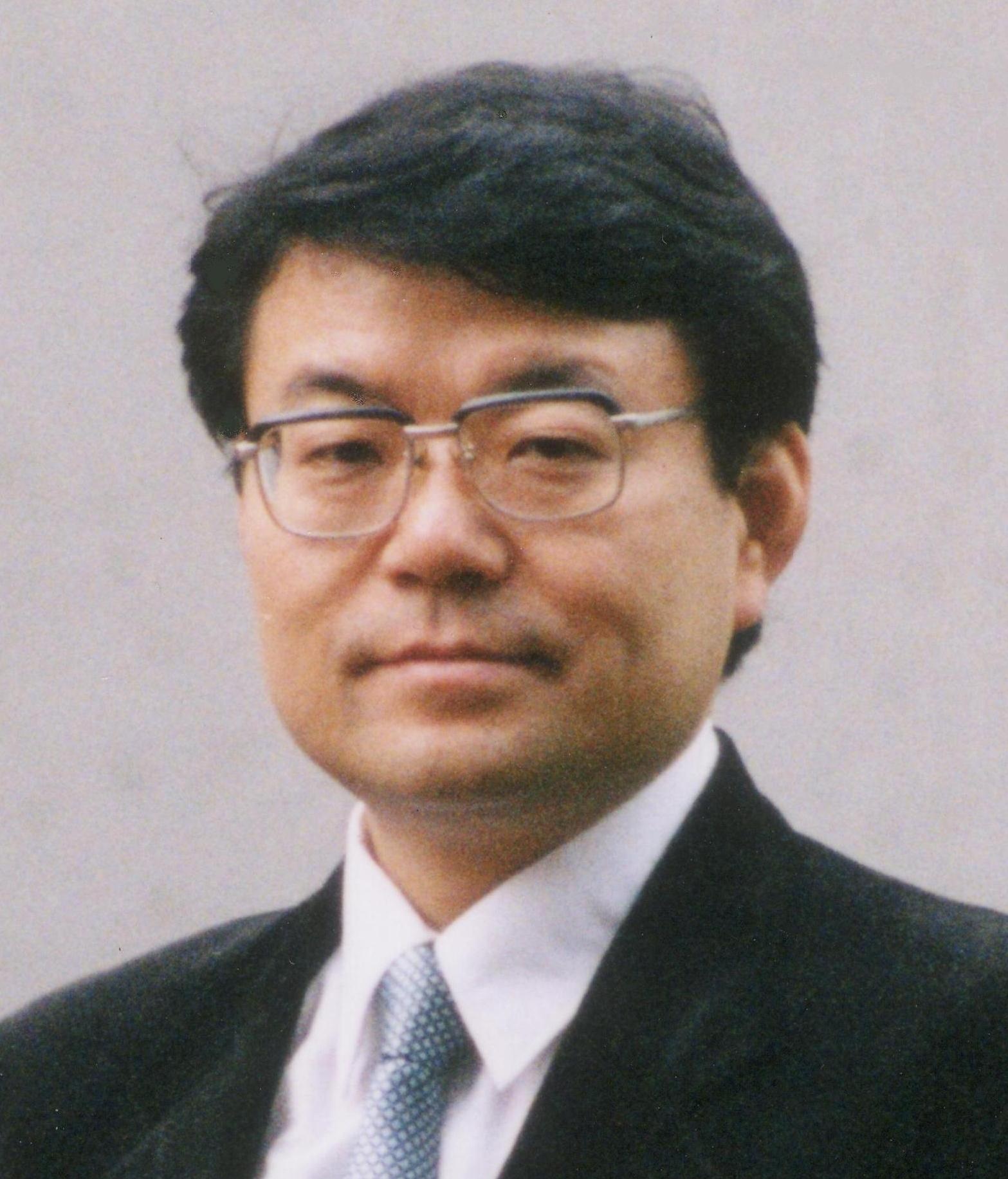 |
|
|
|
| Topic: | An Injection Molding Pantograph Mechanism for use of the Miniature Surface Mount System |
| Abstract: |
In this paper, an optimum design of an injection molding pantograph mechanism is discussed. This mechanism will be used to the miniature surface mount system in one room factory. First, a reduction of force acting at hinge caused by the movement of the mechanism is discussed. And the injection molding pantograph mechanism is synthesized based on the result of a numeric calculation of the algorithm. Moreover, the force acting at hinge of this mechanism is analyzed, and the algorithm that reduces force acting at hinge by changing the shape and dimension of links considering the influence of the movement of the mechanism is proposed. In addition, the shape and dimension of links to which force acting at hinge of this mechanism is reduced from the result of a numeric calculation of this algorithm is designed |
| Biography: |
I was graduated at the Tokyo Institute of Technology in 1976. I am a professor of Tokyo Institute of Technology(Precision and Intelligent Laboratory). My research fields are Kinematics of Machinery, Robotics, and Design and Manufacturing Methodologies of Micro Motion Systems (Micromachines, MEMS/MOEMS). In 1994, Visiting Researcher of Karlsruhe University[Karlsruhe Institute of Technology(KIT) South; Germany] and Stanford University(USA). In 1996, Visiting Researcher of IMT(Institute of Microstructure Technique) of FZK(Forschungszentrum Karlsruhe; KIT North), and TUM(Technical University of Munich)(Germany). In 2004, Division Head of Mechanical Design and Tribology(MD&T) in the Japan Society of Mechanical Engineers (JSME), In 2005, Director of the Japan Society for Precision Engineering (JSPE), In 2007, Editor of Journal of Advanced Mechanical Design, Systems, and Manufacturing in JSME, In 2007, Director of the Japan Society of Mechanical Engineers (JSME), In 2002, IFToMM-DIPLOMA, Awarded to Professor Mikio HORIE on the occasion of 30th Permanent Commission anniversary. In 2002, Best Paper Award, The 6th. International Conference on Mechatronics Technology 2002. In 2003, FELLOW of the Japan Society of Mechanical Engineers; JSME FELLOW ). In 2003, Meritorious Deed Awards, Machine Design and Tribology Division, JSME(The Japan Society of Mechnical Engineers). In 2004, Best Organizer Award, Japan Society for Precision Engineering(JSPE), In 2005, FUNAI Award for Excellent Researcher, The Japan Society of Mechanical Engineers(JSME). In 2008, Awards for contribution, 10th International Conference on Electric Materials and Packaging (EMAP), In 2009, Meritorious Deed Awards for JSPE(Japan Society of Precision Engineering) 75 th Anniversary of Foundation. |
Professor Tianyou Chai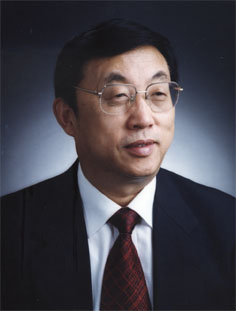 |
|
|
|
| Topic: | Hybrid Intelligence Optimal Control for Operation of Complex Industrial Processes |
| Abstract: |
With ever increased needs for an improved product quality, production efficiency, and cost in today¡¦s globalized world market, advanced process control should not only realize the accuracy of each control loops, but also has the ability to achieve an optimization control of production indices that are closely related to the improved product quality, enhanced production efficiency and reduced consumption. As a result, the optimal control of complex industrial process has attracted an increased attention of various process industries. |
| Biography: |
Tianyou Chai received the Ph.D. degree in control theory and engineering from Northeastern University, Shenyang, China, in 1985. |
Professor Jianrong Tan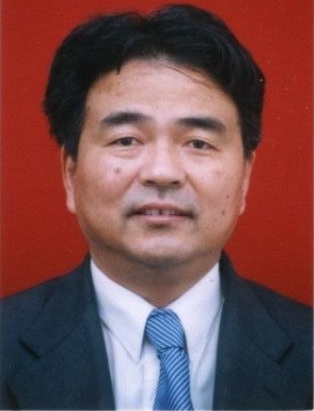 |
|
|
|
| Topic: | Layout Design and Manipulative Performance Simulation of Industrial Robots for Complex Workshop Tasks |
| Abstract: |
The complex tasks in the modern manufacturing workshops are various, real-time, precise and cooperative, which require rigorous demands for the precise positioning, smooth dynamics, and effective manipulation of industrial robots. This report emphasizes on the layout design and manipulative performance simulation of industrial robots for the complex workshop tasks, and discusses the following technical problems: |
| Biography: |
Prof. Jianrong Tan is an academician of Chinese Academy of Engineering and a professor of Zhejiang University. He obtained his master¡¦s degree from Huazhong University of Science and Technology, China and his Ph.D. from Zhejiang University, China, respectively. He is currently the dean of Department of Mechanical Engineering at Zhejiang University and a vice director of State Key Laboratory of CAD&CG, China. |
Professor Pau-Choo Chung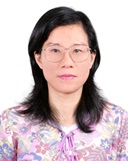 |
|
|
|
| Topic: | Video Analysis for Healthcare |
| Abstract: |
Video analysis is a vital technology widely applied in fields including surveillance, industrial automation, object recognition, entertainment and so on. As the mature hardware and software developments of video capture, processing and featuring, lots of various typical applications are in development. In this keynote, a paradigm shift of video analysis to novel healthcare services is presented. As known, the aging of population is a worldwide problem in countries. According to the statistics of WHO, the 65+ population will grow to 19% in 2030. In contrast, the healthcare resource will not increase as fast as the population aging. How to develop new technologies benefits the quality and functionality of healthcare services is a significant issue worth to be explored. |
| Biography: |
Pau-Choo (Julia) Chung received the B.S. and M.S. degrees in electrical engineering from National Cheng Kung University (NCKU), Taiwan, in 1981 and 1983, respectively, and the Ph.D. degree in electrical engineering from Texas Tech University, USA, in 1991. She then joined the Department of Electrical Engineering, National Cheng Kung University (NCKU), Taiwan, and has become a full professor since 1996. She served as the Vice Director, and then the Director, of the Center for Research of E-life Digital Technology, NCKU during 2001-2008. She was also the Director of Electrical Laboratory, NCKU in 2005-2008. She was selected as Distinguished Professor of NCKU. Currently she is the Director of Institute of Computer and Communication Engineering, NCKU, Taiwan. |
Professor Yoiti SUZUKI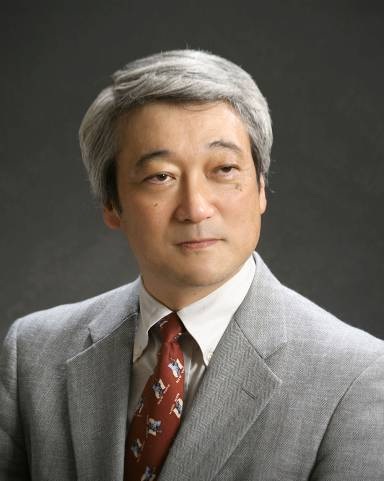 |
|
|
|
| Topic: | Adcanced Auditory Systems for Active Listening |
| Abstract: |
To realize future communications interactively with a high sense-of-presence, it is important to recall that we humans are active creatures, moving through the environment to acquire accurate spatial information. For instance, in terms of spatial hearing, humans usually make slight head and body movements unconsciously, even when trying to keep still while listening. |
| Biography: |
SUZUKI, Yoiti is Professor, Acoustic Information Systems Laboratory in Human Information Systems Division, Research Institute of Electrical Communication, Tohoku University, Sendai, Japan. His standpoint is that human beings are regarded as the extreme source and recipient of information in any communication systems. With this standpoint, he has been devoting into developing advanced acoustic communication systems based on good knowledge of human auditory system as well as multimodal perception relating to hearing. |